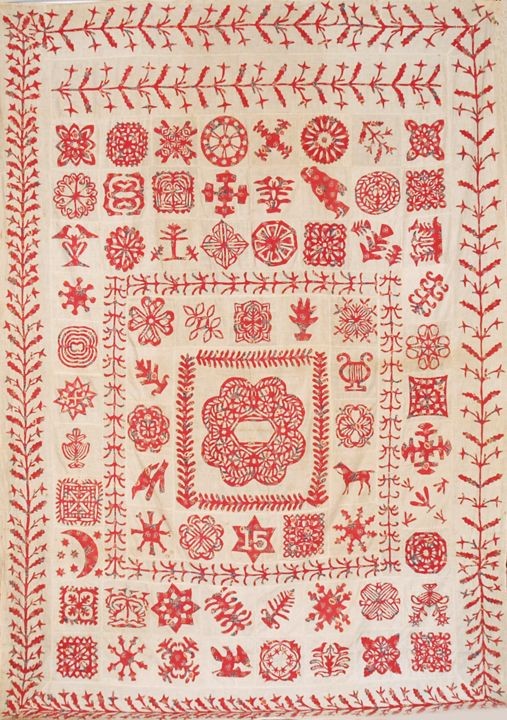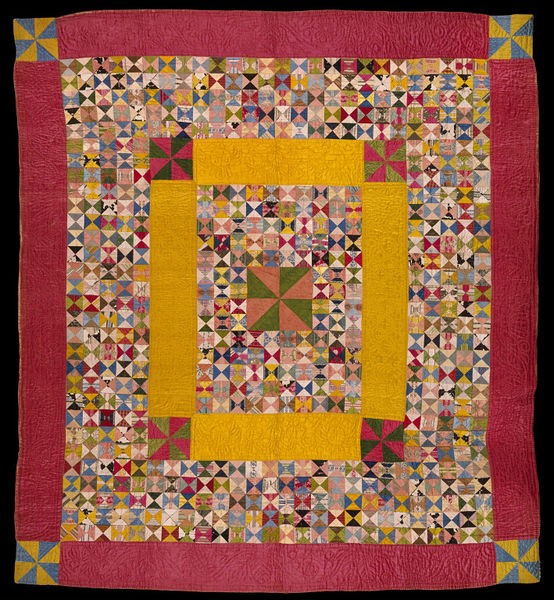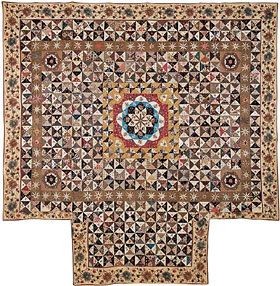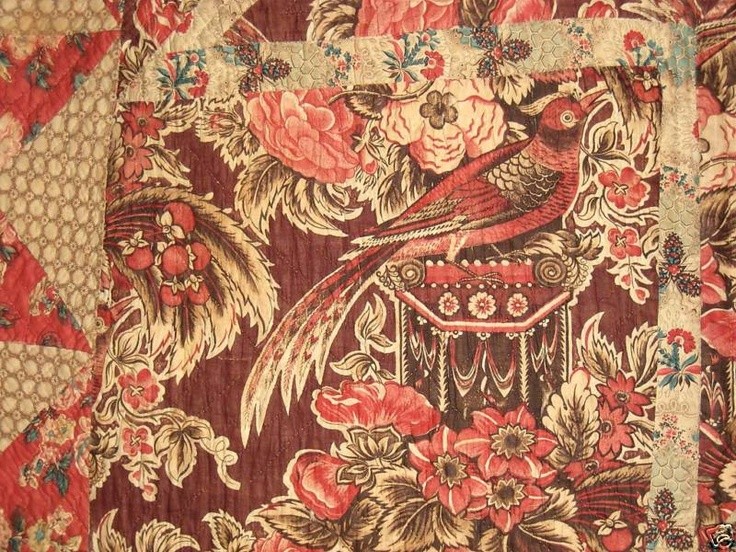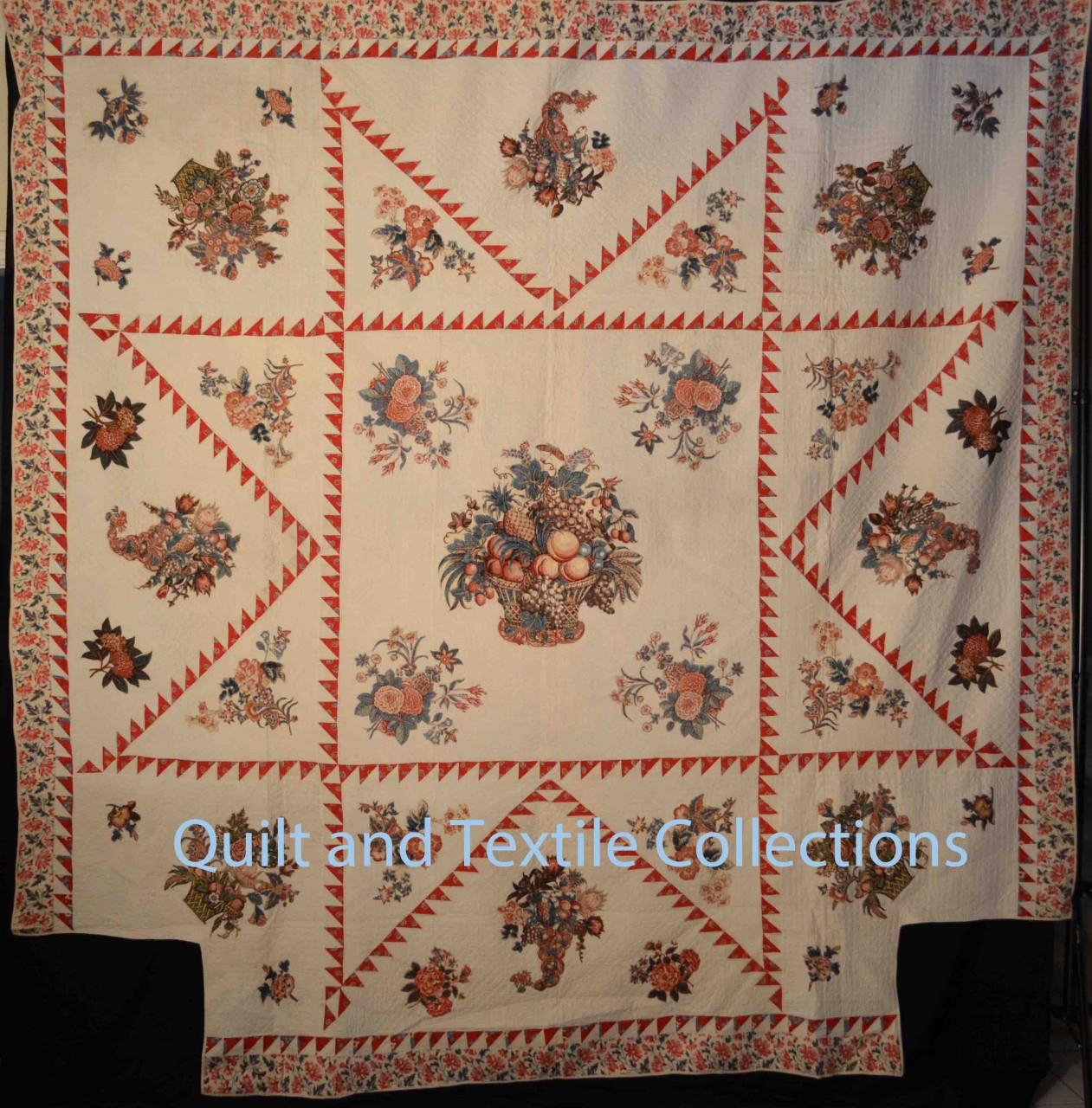
It is hard to believe that it is already the end of November! Time has moved so slowly through this difficult year and yet, it doesn’t seem possible that Thanksgiving is almost here. This year we will be giving thanks for you! Thanks for those who read our blog, host a zoom program or workshop, participate in one of three Triplett Sisters BOM and to those who shop on our website or Etsy shop. When we lost more than 80 bookings to the pandemic, it was very disheartening. We weren’t going to be able to connect with you through our quilts. Instead we found other ways to connect. THANK YOU! To celebrate the coming holidays, we are pleased to announce three exciting developments:First, we are lowering the price of the 25” Fruit Basket Medallion to $30,...


